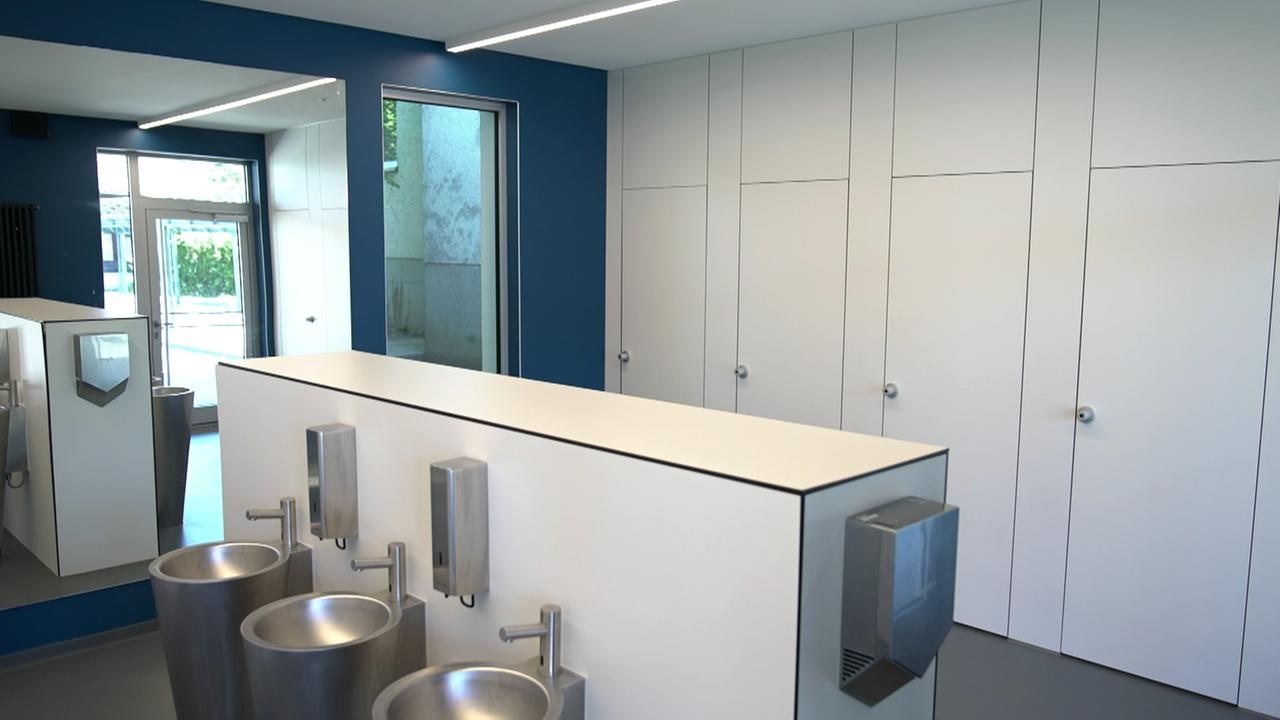Among other things, intersex and trans people, but also non-binary people, repeatedly perceive it as discrimination when they can choose exclusively between "For men" and "For women" in toilets and changing rooms.
With the all-gender toilets, also known as "toilets for diverse people", they have found a good alternative. The problem is that these facilities are far from being available everywhere. And that is precisely what often causes resentment on both sides.
In this context, many queer people report that they would be stared at or insulted if they chose the option that seemed most appropriate to them between the two available options.
What is special about all-gender toilets?
All gender toilets are - as the name suggests - aimed at all genders. In this way, many discussions can be avoided. Another advantage is that an institution that has decided to offer its guests this option does not necessarily have to accept major conversion work.
Of course, in the first step it is important to mark the toilet in question. Inside, there should then be not only urinals, but also sufficient seated toilets.
However, the fact that an all-gender restroom is available should not mean that transgender or intersex people, for example, are forced to use it if they identify with one gender and want to use the men's or women's restroom, for example.
Also an important topic: showers and changing rooms
The principle of all gender toilets can also be applied to showers and changing rooms in many areas. At the same time, however, there are a number of important additional points to bear in mind. While it is possible to maintain one's own privacy in the cubicle in restrooms, the situation is somewhat different in collective locker rooms or showers, for example.
Here it can make sense to resort to the use of additional partition walls. The advantage: queers who are currently still a bit insecure find a reliable place of retreat in this.
The discussion around all gender toilets does not stop
"Do you even need something like that?" and "What's the point?" are just two of the many questions that are asked time and time again when it comes to talking about the usefulness of gender toilets.
Unfortunately, many people apparently feel attacked when they see that there are people who do not fit into the "man" or "woman" grid or who cannot identify with their respective innate gender.
The good news, however, is that more and more people are choosing to take responsibility and take away queer people's decision-making around the question, "Which restroom can I go to without being called names?"
All-gender toilets are now particularly common in universities in larger cities. However, the likelihood that other areas of everyday life will follow suit is quite high.
How should all-gender restrooms be labeled?
Often, the classic lettering is used here. Signs such as "All Gender Toilet" or "Toilet for all genders" indicate that this is a "special" toilet.
If you want to go one step further, you should also record what is behind the door. For example, many people appreciate additional information along the lines of "You can sit here". In this way, misunderstandings can be avoided as best as possible from the outset.


The best thing is to leave out the gendering... Who needs that anyway? I don't care if it says man queer or woman. Ask a transsexual ... most of them also go to the men's bathroom.